Prolonged Grief Disorder DSM 5 Criteria
Access a helpful checklist tool to help in diagnosing prolonged grief disorder among clients. Download your free PDF here.


What is prolonged grief disorder?
Prolonged grief disorder (PGD) represents a substantial addition to our understanding of grief and its complexities. This condition is newly recognized in the Diagnostic and Statistical Manual of Mental Disorders, Fifth Edition, Text Revision (DSM-5-TR) (American Psychiatric Association, 2022).
PGD as a stressor-related disorder highlights the critical boundary between the natural grieving process and when it becomes a concern that requires professional attention. It was commonly used interchangeably with persistent complex bereavement disorder (PBCD). Through its inclusion, the DSM-5-TR provided clinicians with criteria to identify and differentiate prolonged grief disorder from other mental health disorders, making sure that individuals receive appropriate care and interventions.
Prolonged grief disorder symptoms
PGD, as defined in the DSM-5-TR, includes prolonged grief symptoms beyond the typical emotional responses associated with bereavement. Recognizing the following symptoms is critical for healthcare practitioners in ensuring early intervention, appropriate treatment, and optimal patient outcomes:
- Intense yearning or longing for the deceased person, often accompanied by intrusive thoughts or vivid memories of the deceased
- Intense loneliness and emotional pain related to the loss, such as sadness, guilt, anger, or difficulty accepting the reality of the death
- Difficulty moving on with life and engaging in activities or relationships that were once enjoyable.
- Persistent grief response characterized by avoidance of reminders of the deceased, such as people, places, or situations associated with the loss
- Persistent difficulties in regulating emotions, often leading to intense emotional outbursts or emotional numbness
- Disbelief or inability to accept the reality of the loss
- Persistent difficulties in engaging in positive reminiscence about the deceased
- Clinically significant distress and impairment
These persistent symptoms must last for at least 12 months after the loss and cause significant impairment in social, occupational, or other important areas of functioning.
It's important to note that prolonged grief disorder is distinct from normal bereavement, which involves a natural grieving process that gradually subsides over time. Prolonged grief disorder is a more severe and persistent form of grief that can have a significant impact on an individual's mental and physical health, as well as their overall well-being.
How is this different from normal grief?
Prolonged grief disorder (PGD) does share certain characteristics with what is typically understood as normal grief. It is the duration, intensity, functional impairment, and distress associated with the grief response that sets PGD apart. Normal grief, however, generally diminishes over time—the sharp pangs of loss grow less acute, and thoughts about the deceased begin to occupy less of the individual's day-to-day life.
In contrast, in PGD, the longing for or preoccupation with the deceased remains intensely painful and unyielding beyond twelve months for adults and six months for children following the death. The individual's emotional pain, sorrow, and longing for the deceased remain high and are experienced more days than not.
Prolonged Grief Disorder DSM 5 Criteria Template
Prolonged Grief Disorder DSM 5 Criteria Example
How do healthcare professionals diagnose prolonged grief disorder?
A prolonged grief disorder diagnosis involves a thorough assessment process to measure maladaptive symptoms that distinguish it from normal grief responses and other mental health conditions. This diagnostic approach helps to ensure that individuals receive the appropriate care and interventions for their specific experiences.
Time criterion
The initial step in the diagnostic process is to establish the duration of grief. For a PGD diagnosis, symptoms must persist for more than twelve months in adults and more than six months in children following the loss. This extended timeline is a critical factor that separates PGD from the normal, although painful, experience of adjusting to a bereavement.
Symptom assessment
A detailed assessment of specific symptoms is then conducted. Healthcare practitioners look for persistent longing or preoccupation with the deceased, intense emotional pain like sorrow or anger, difficulty accepting the death, feelings of emptiness or pointless living without the deceased, a sense of estrangement from others, or profound difficulty moving forward with life.
Functional impairment
A core element critical to a PGD diagnosis is the significant impairment in social, occupational, or other important areas of functioning. Assessing the impact of grief on an individual’s day-to-day life helps us determine the degree to which the grief is prolonged and pathological.
Exclusion of other disorders
Equally important is ruling out other mental health conditions that could account for the symptoms, such as major depressive disorder or post-traumatic stress disorder. Attention to the detailed criteria for these conditions is pivotal in arriving at an accurate diagnosis. It is also essential to consider the context of the individual, such as cultural and religious norms.
Applied diagnostic instruments
Standardized diagnostic tools, such as the prolonged grief disorder-13 (PG-13) scale, can help in this process by providing a structured format for evaluation.
Follow-up
After an initial diagnosis, regular follow-ups can be crucial in understanding the evolving nature of grief and adjusting care as needed.
What are the DSM 5 criteria for prolonged grief disorder?
The DSM-5-TR outlines the following criteria for diagnosing prolonged grief disorder:
A. The individual experienced the death of a close individual at least 12 months ago.
B. Since the death, the individual has experienced intense longing or persistent preoccupation with the deceased, along with at least three of the following symptoms:
- Identity disruption (e.g., feeling as though part of oneself has died).
- Marked avoidance of reminders that the person is dead.
- Intense emotional pain related to the death (e.g., sadness, guilt, anger, denial).
- Difficulty accepting the death.
- Diminished sense of purpose or meaning in life.
- Desire to die to be with the deceased.
- Difficulty engaging in positive reminiscence about the deceased.
C. The grief response is out of proportion or inconsistent with cultural, religious, or age-appropriate norms.
D. The symptoms cause significant impairment in social, occupational, or other important areas of functioning.
E. The bereavement reaction is not better explained by major depressive disorder, posttraumatic stress disorder, or another mental disorder.
F. The symptoms are not better explained by another mental disorder, such as major depressive disorder or posttraumatic stress disorder, and are not attributable to the physiological effects of a substance (e.g., medication, alcohol) or another medical condition.
How to manage prolonged grief disorder
Managing PGD involves approaches that range from psychotherapy to pharmacological interventions. The choice of approach typically depends on the patient's specific symptoms, along with their personal and medical background. Here is a foundational overview of the various management strategies:
Cognitive behavioral therapy (CBT)
CBT is a front-line psychotherapeutic option for managing PGD. It focuses on the patient's thought process, helping them recognize and modify self-destructive patterns and beliefs associated with their grief. CBT sessions may cover relaxation techniques, cognitive restructuring, and strategies to resume normal activities gradually.
Complicated grief therapy (CGT)
CGT is a specific form of CBT emerging as an effective treatment of complicated grief and prolonged grief. It includes components of exposure therapy and techniques to foster personal growth. Through revisiting memories of the deceased and confronting avoided situations or tasks, patients can process their grief more adaptively.
Interpersonal psychotherapy (IPT)
IPT focuses on improving interpersonal relationships and social functioning. This approach helps individuals with PGD come to terms with their loss and readjust their role in social networks.
Eye movement desensitization and reprocessing (EMDR)
EMDR is another useful approach, especially when your patient's grief is complicated by traumatic elements. EMDR employs bilateral stimulation (like eye movements) during the recollection of traumatic memories, aiming to lessen the impact of those memories and help process traumatic grief.
Pharmacological interventions
Pharmacological treatment might be considered for individuals with PGD, especially when symptoms are severe or the patient is non-responsive to psychotherapy. SSRIs or other antidepressants may help manage depressive symptoms associated with prolonged grief.
Additional support measures
Support groups and self-care strategies, such as mindfulness and stress management training, can serve crucial adjunctive roles in managing PGD.
You can also use the Relaxation Techniques template to incorporate various methods for reducing stress and promoting calmness. This template provides a structured approach to help clients manage anxiety and improve overall well-being.
References
American Psychiatric Association. (2022). Diagnostic and statistical manual of mental disorders (5th ed., text rev.). https://doi.org/10.1176/appi.books.9780890425787
Prigerson, H. G., Boelen, P. A., Xu, J., Smith, K. V., & Maciejewski, P. K. (2021). Validation of the new DSM‐5‐TR criteria for prolonged grief disorder and the PG‐13‐revised (PG‐13‐R) scale. World Psychiatry, 20(1), 96–106. https://doi.org/10.1002/wps.20823
Commonly asked questions
PGD is typically triggered by the death of a loved one. Risk factors for developing prolonged grief disorder include personal vulnerability, the nature of the death, and a person's coping skills, which may influence whether they develop PGD.
Grief can differ drastically between individuals, but it is generally expected to lessen across the first year following the death. If symptoms persist at a clinically significant level for at least 12 months in adults and six months in children and adolescents, it may be classified as PGD.
Yes, there are effective treatments for PGD. Prolonged and complicated grief treatment may include psychotherapy approaches (like cognitive-behavioral therapy or complicated grief therapy), medication (antidepressants), support groups, and self-care strategies such as mindfulness.


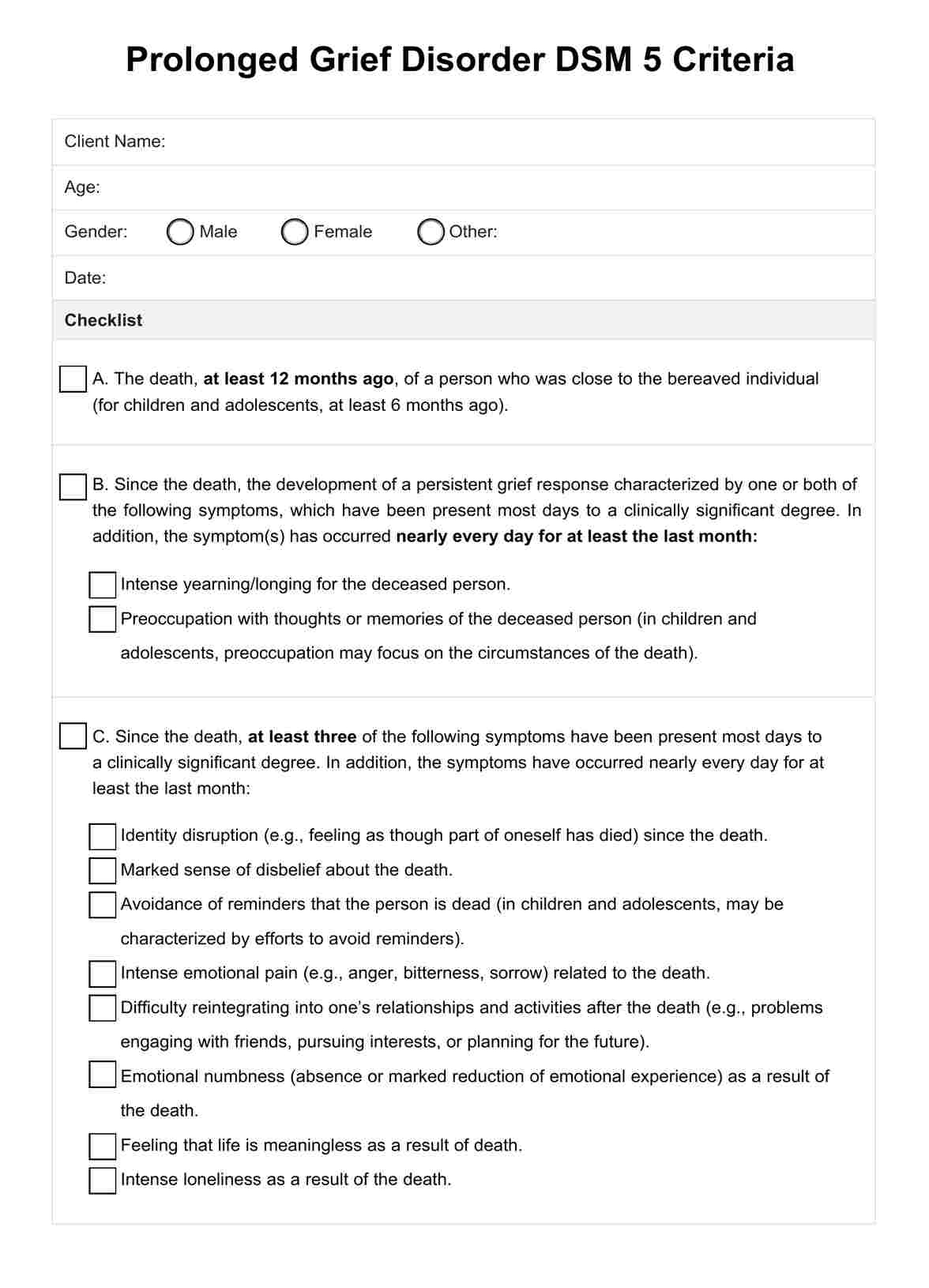
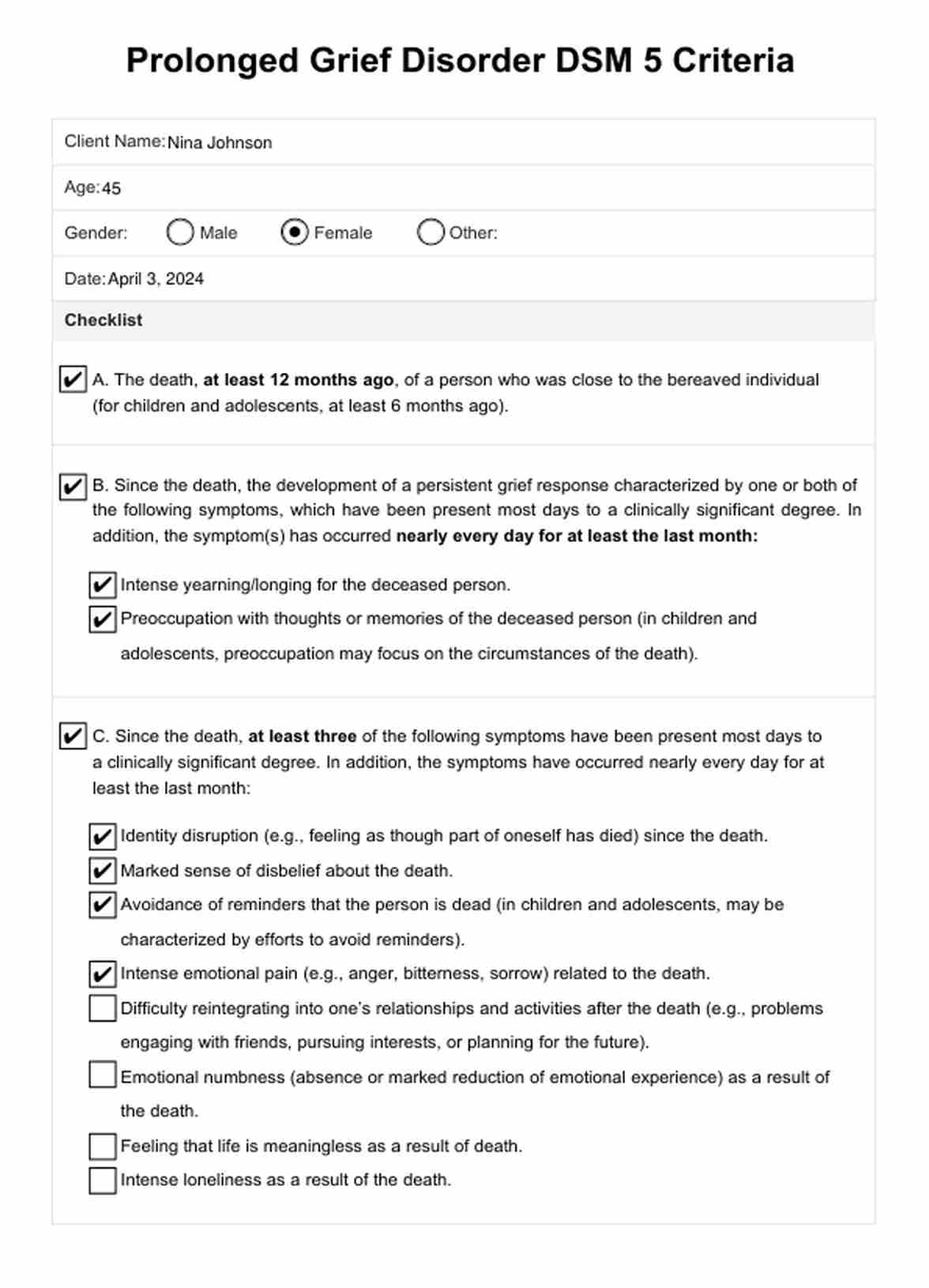

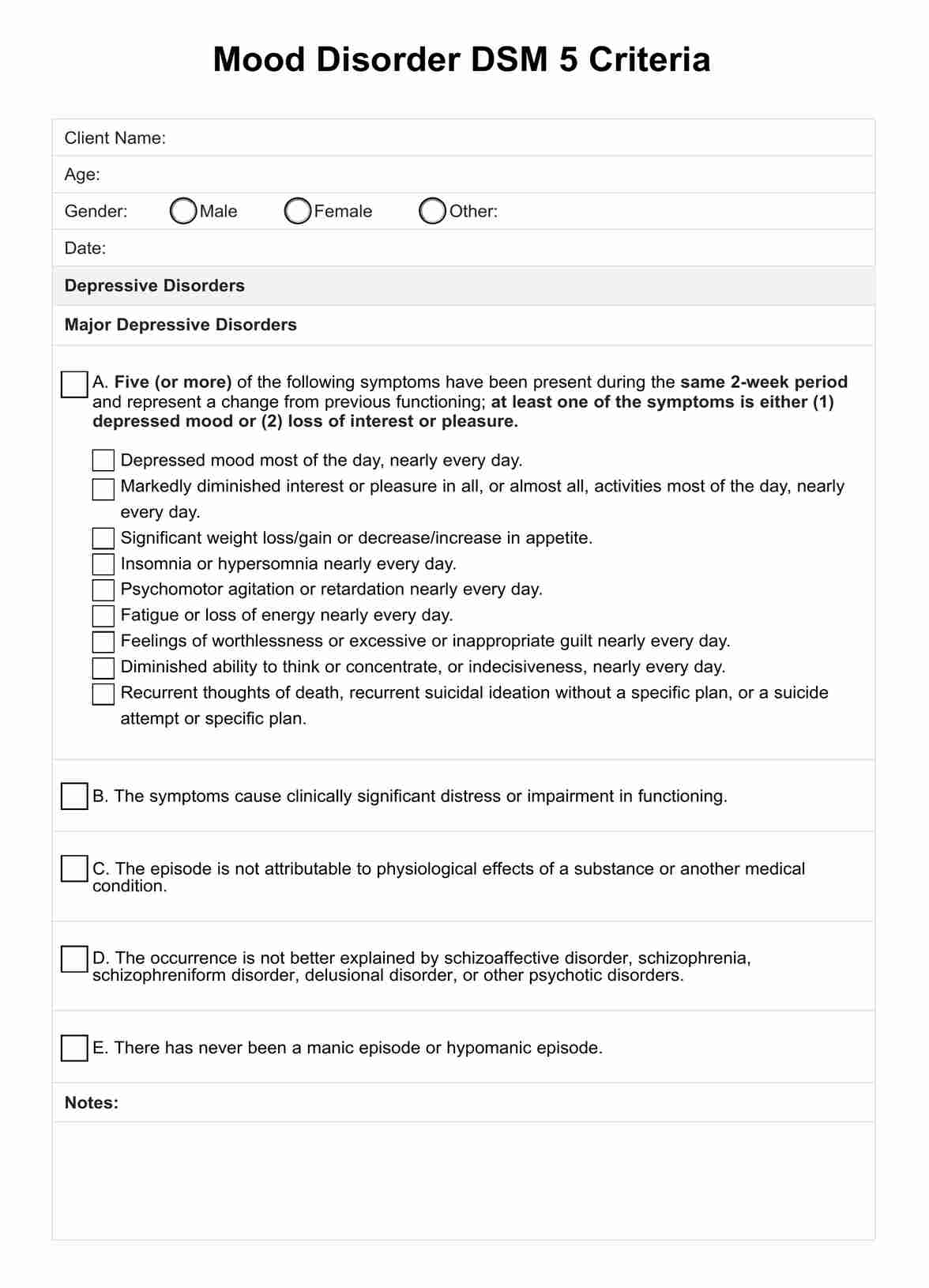
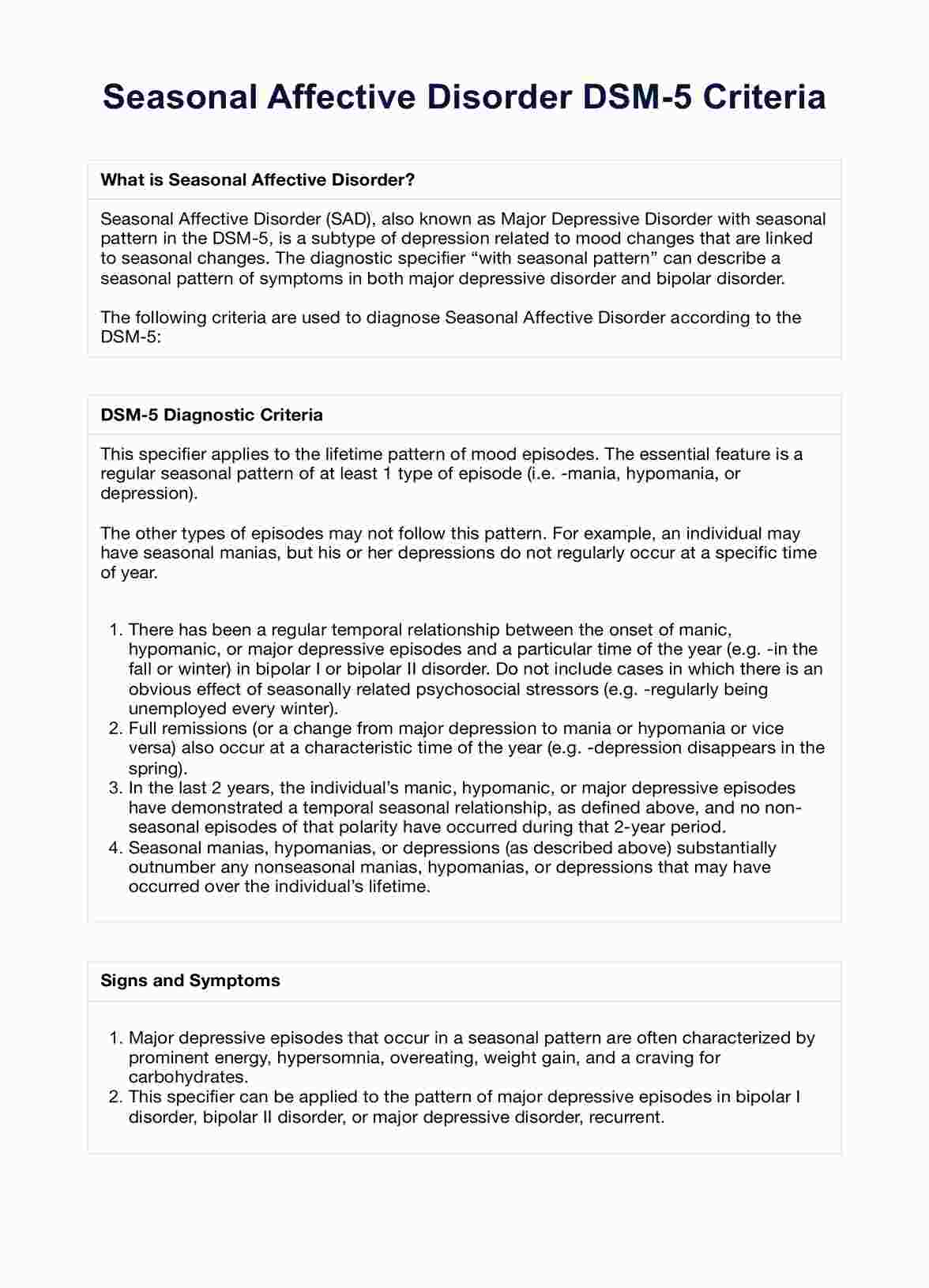
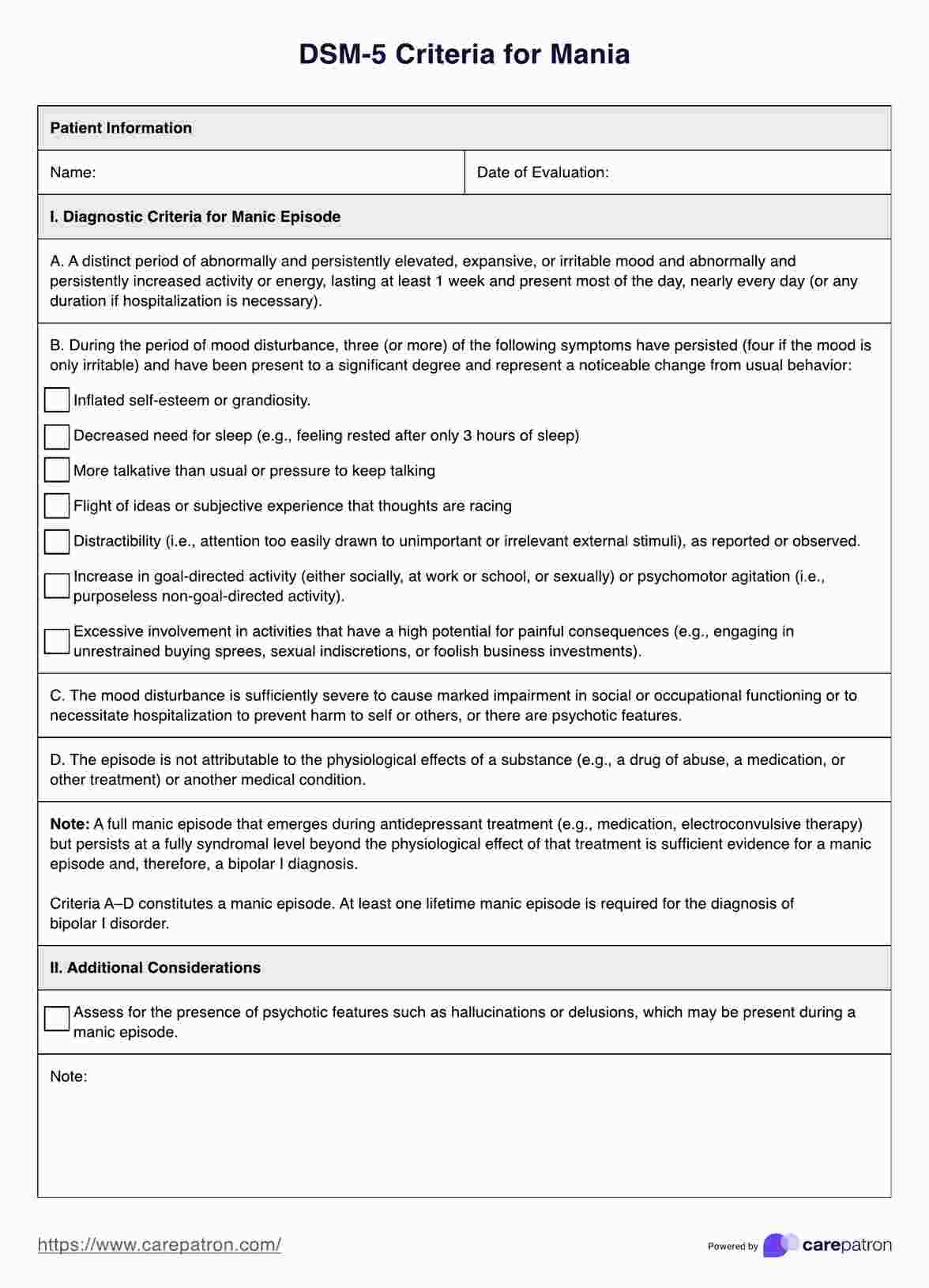
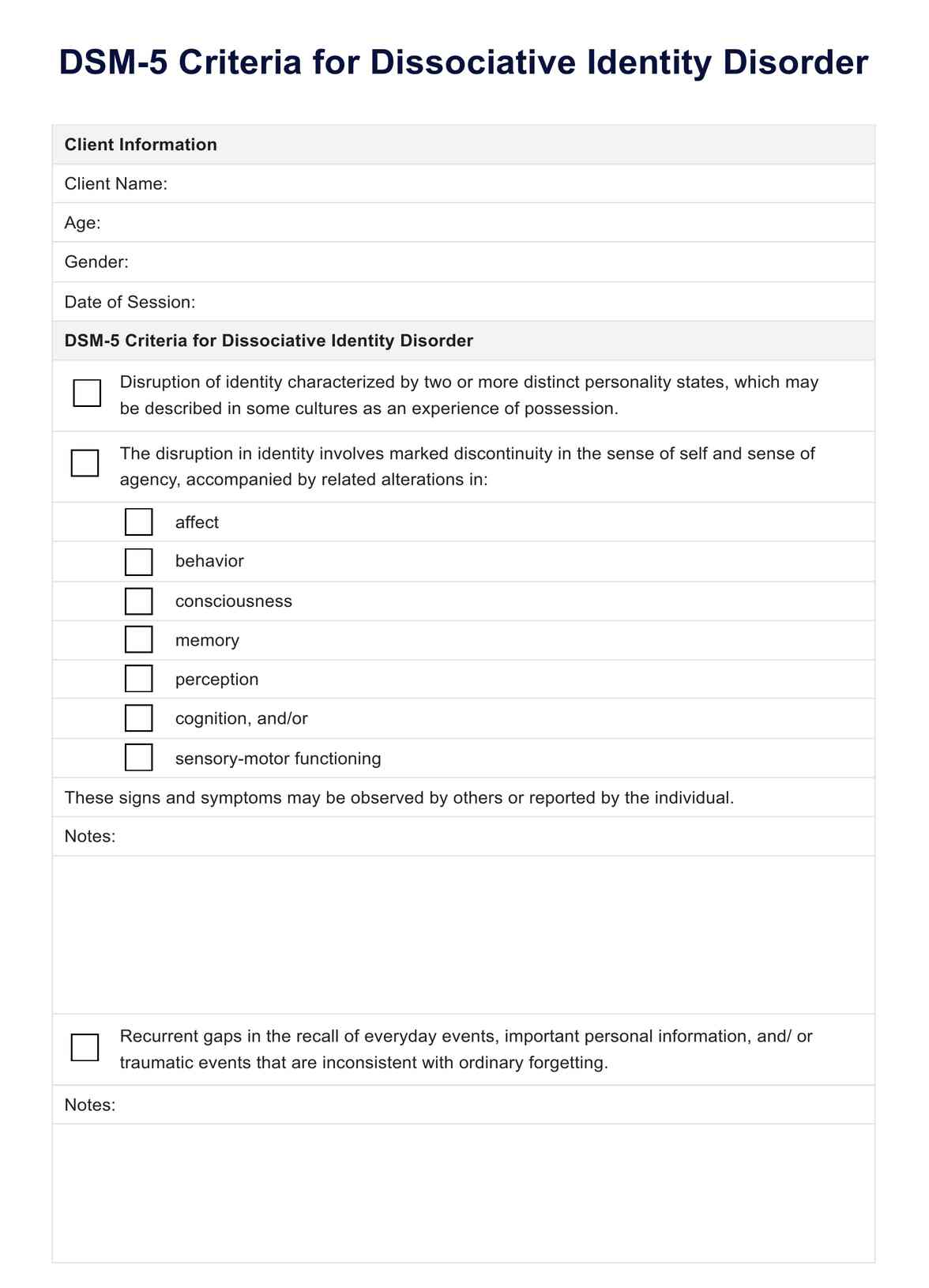
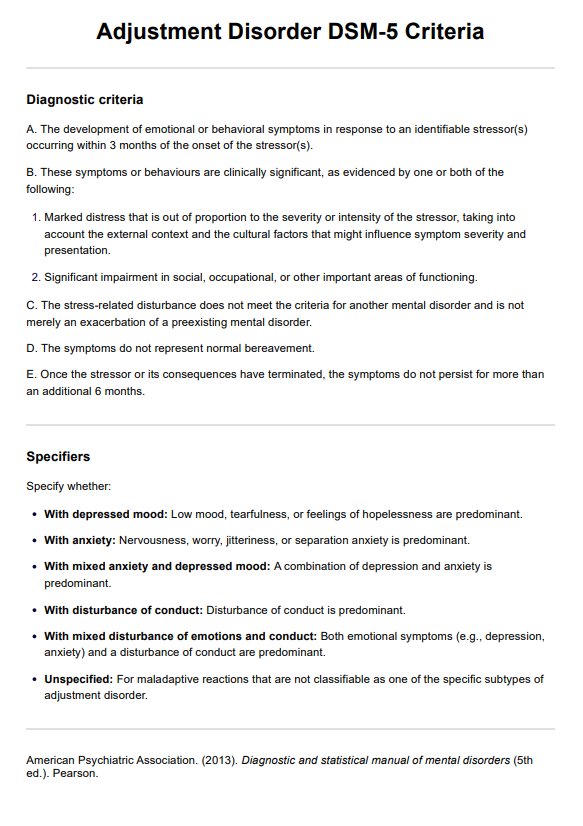
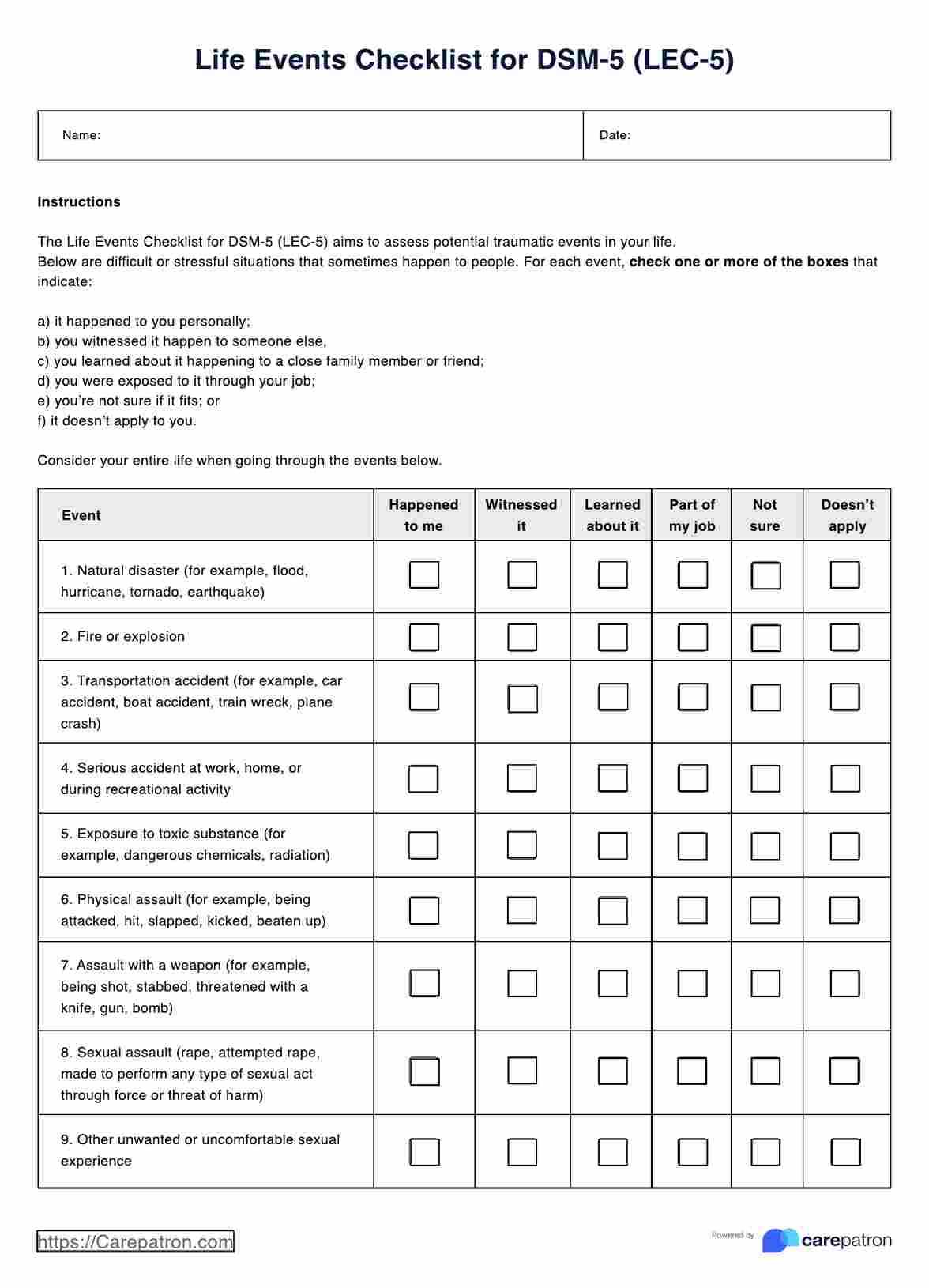
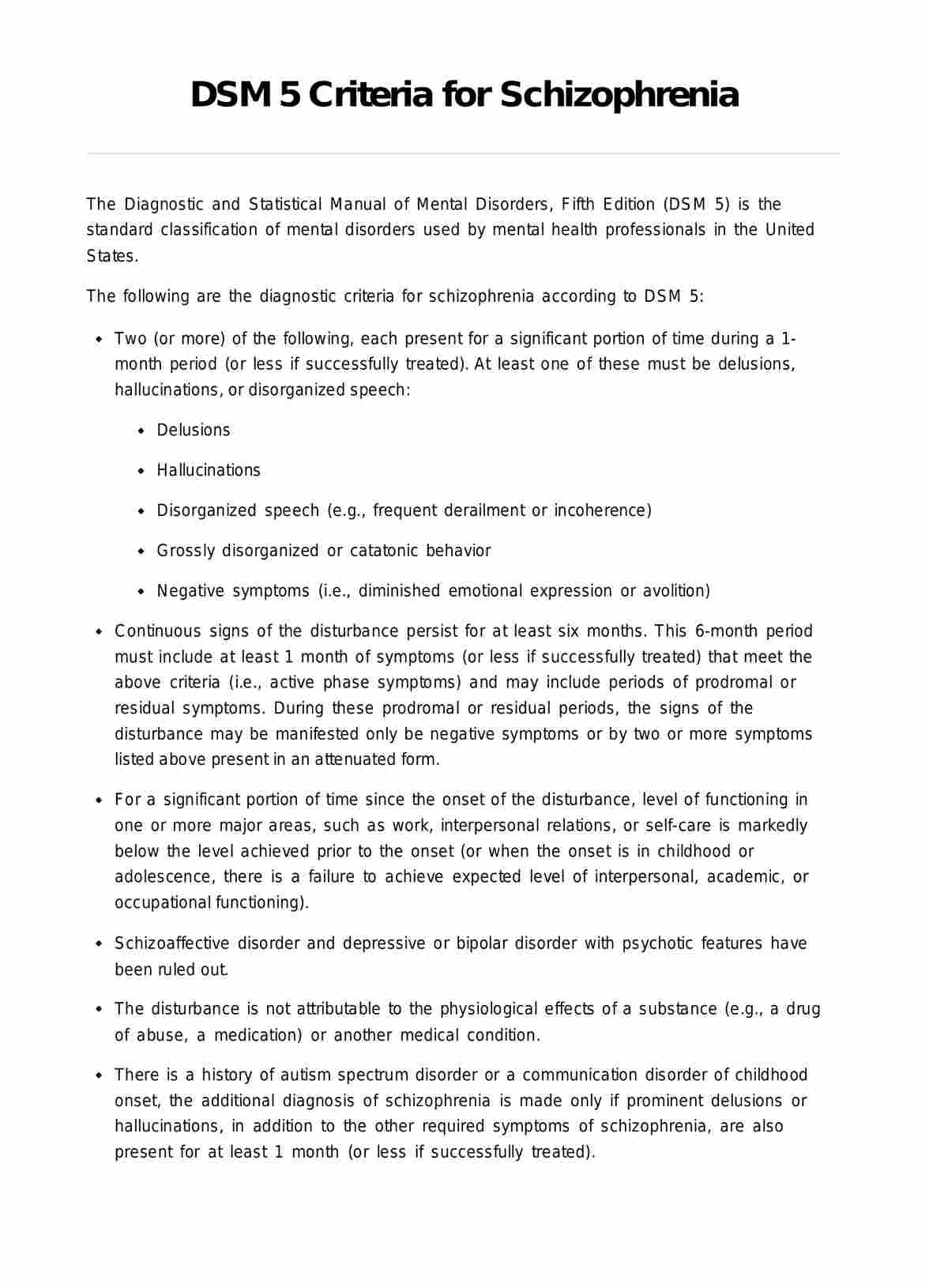
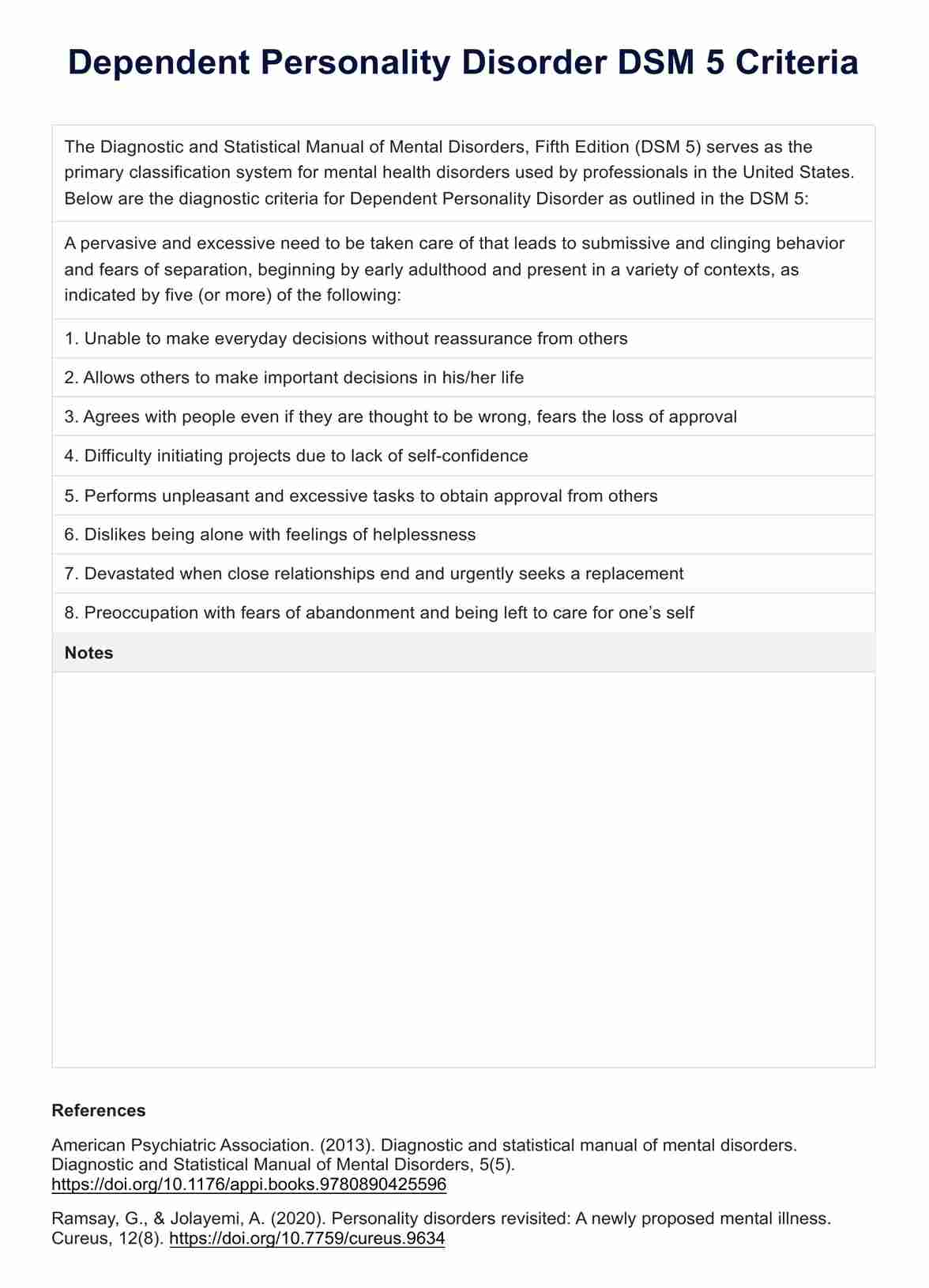
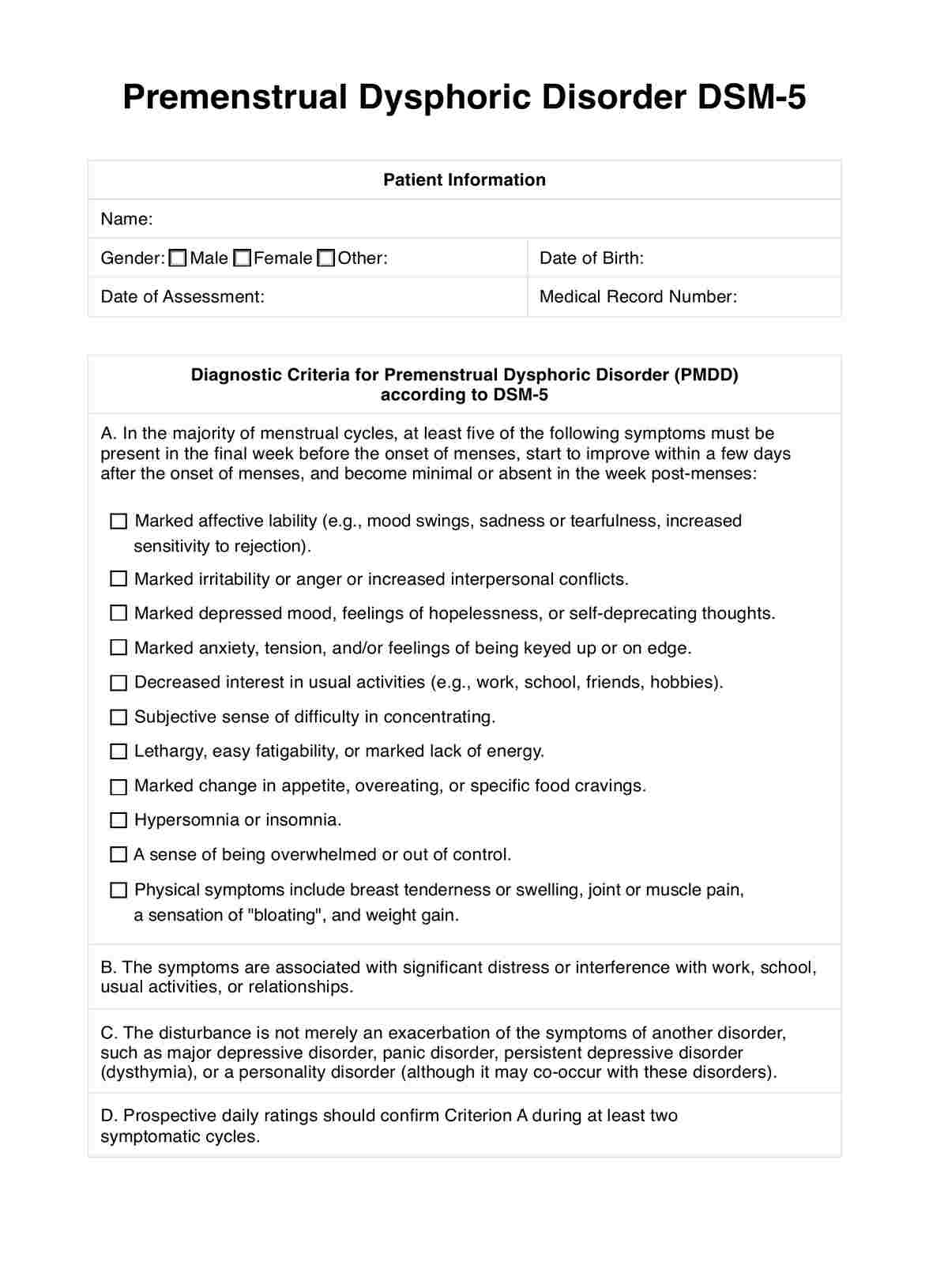
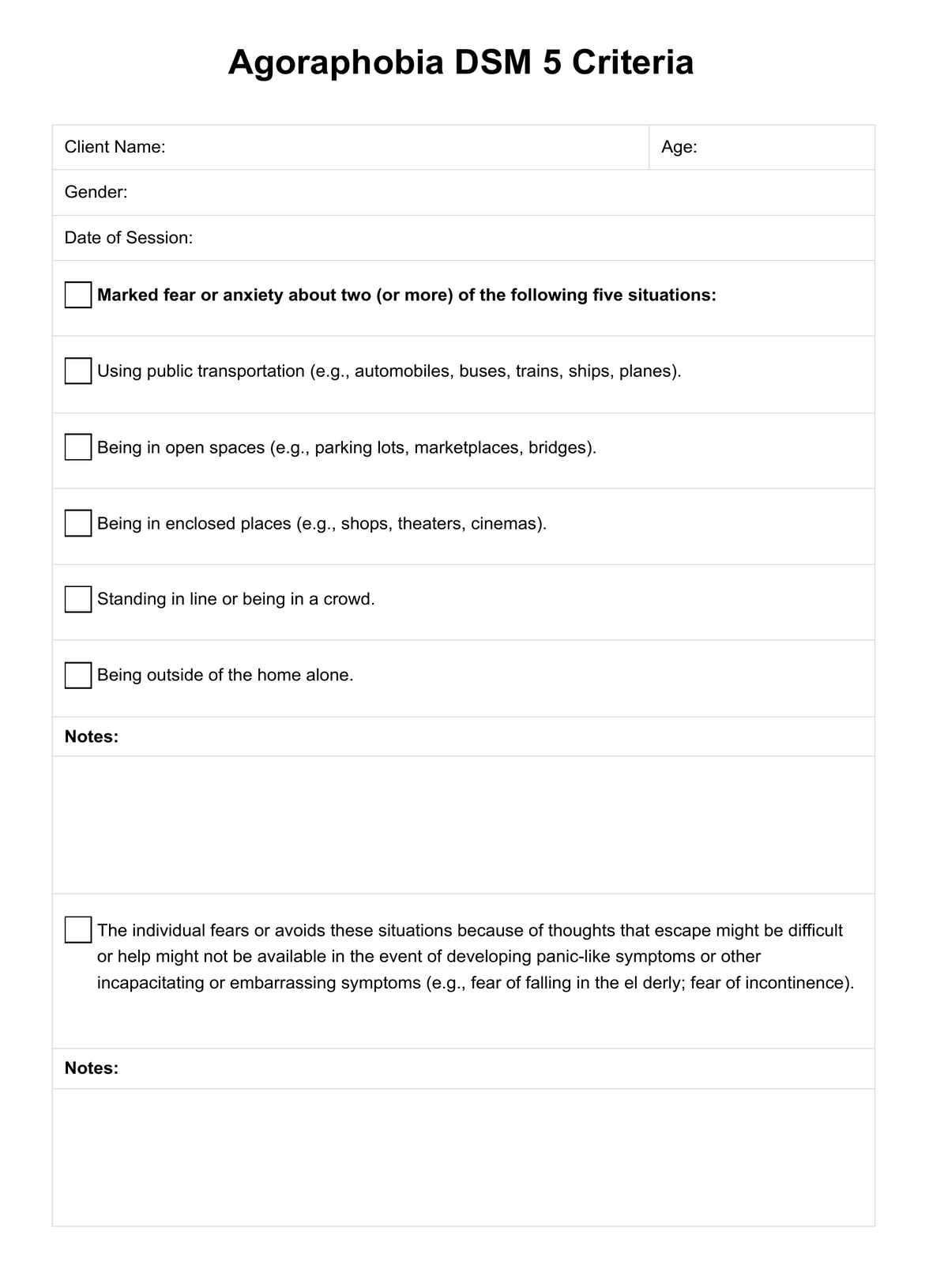
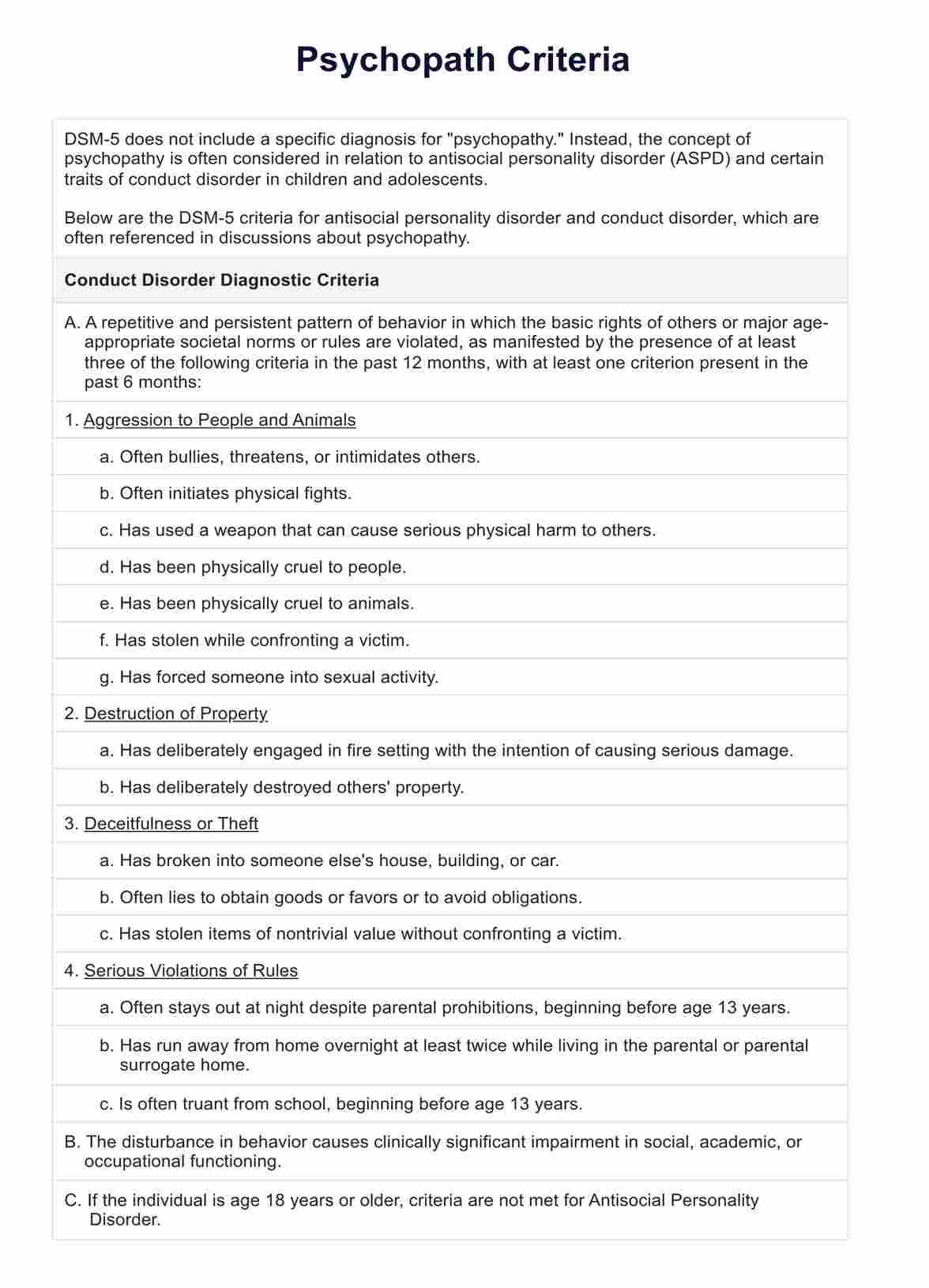
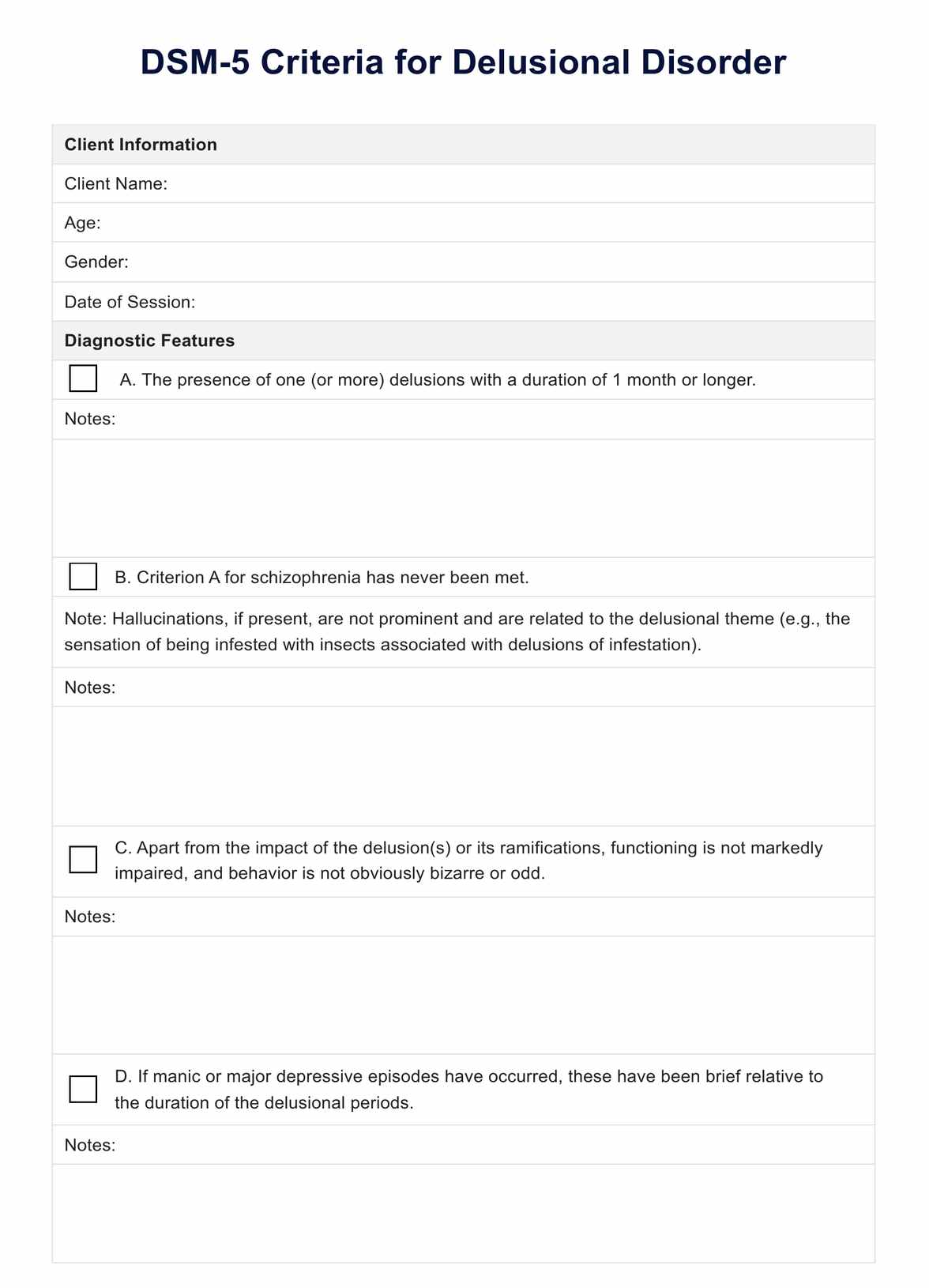
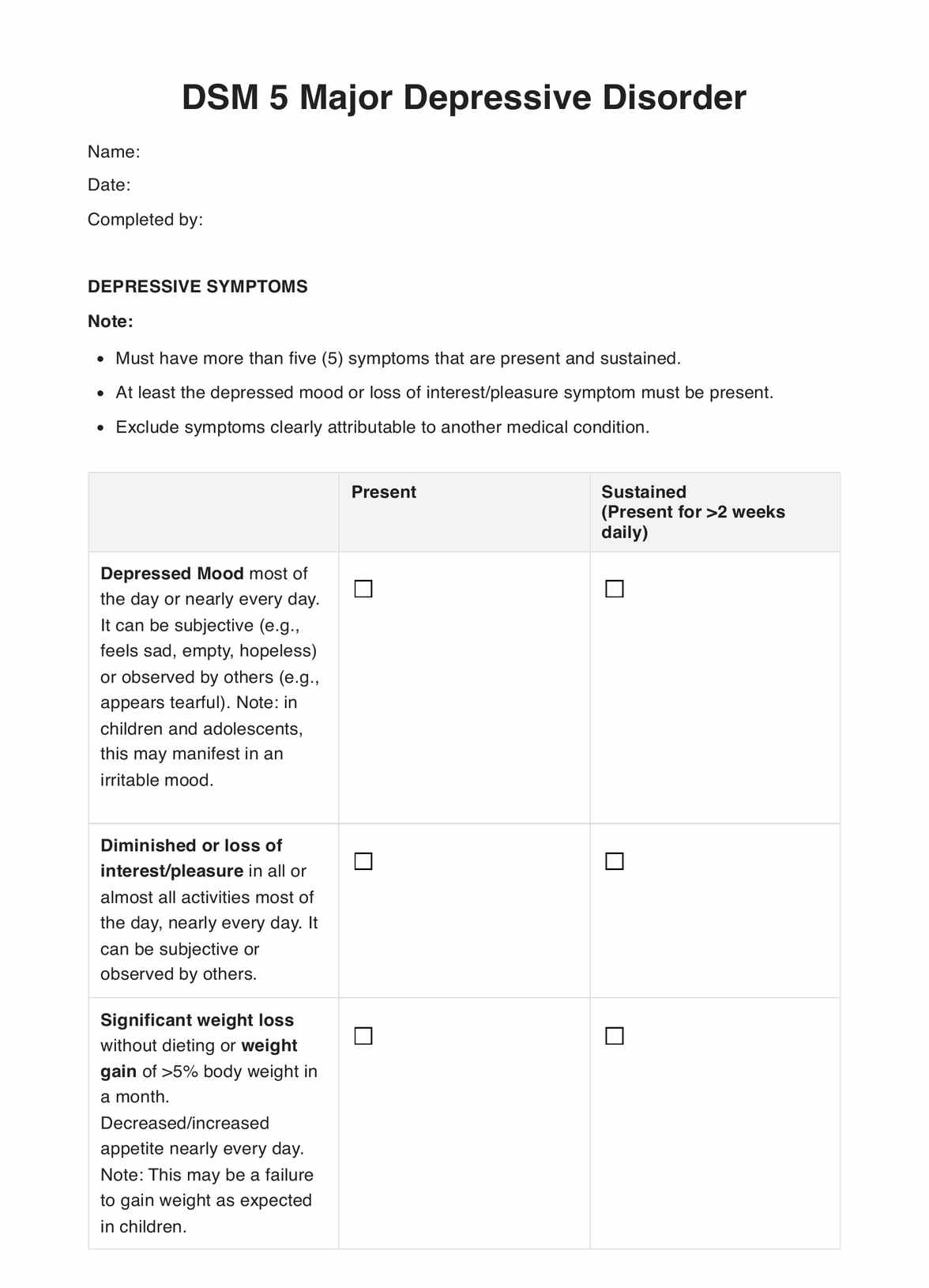
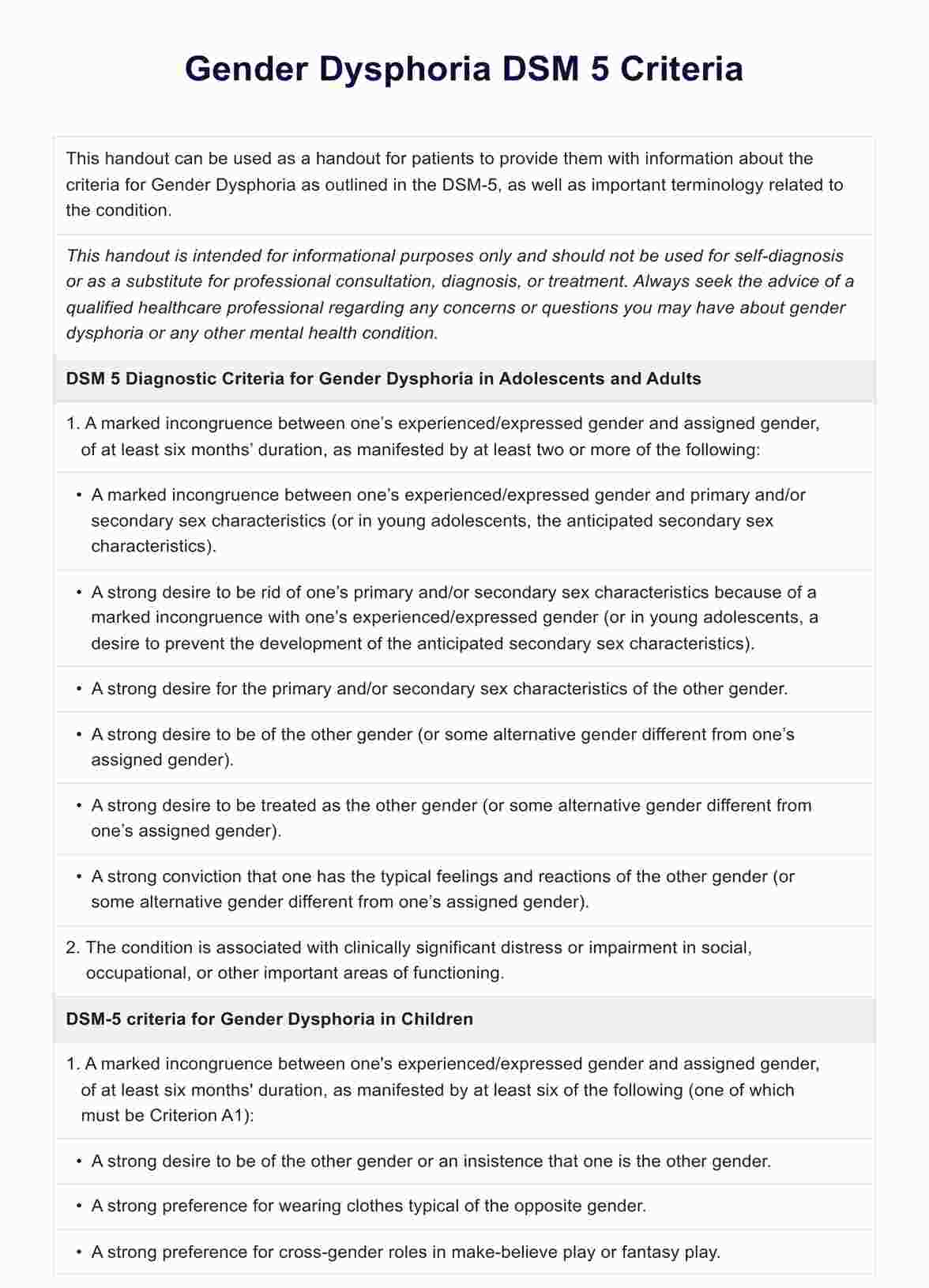
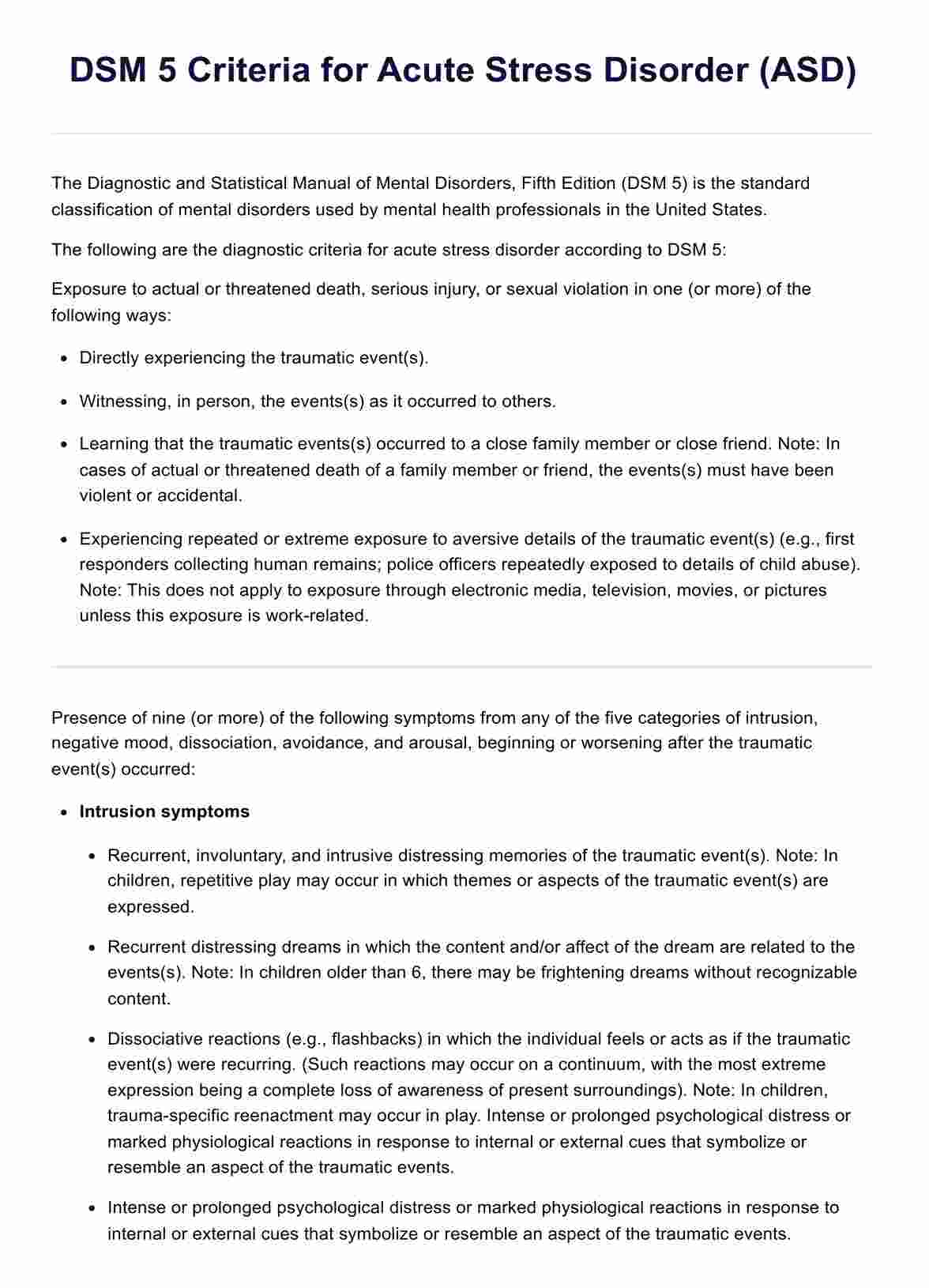
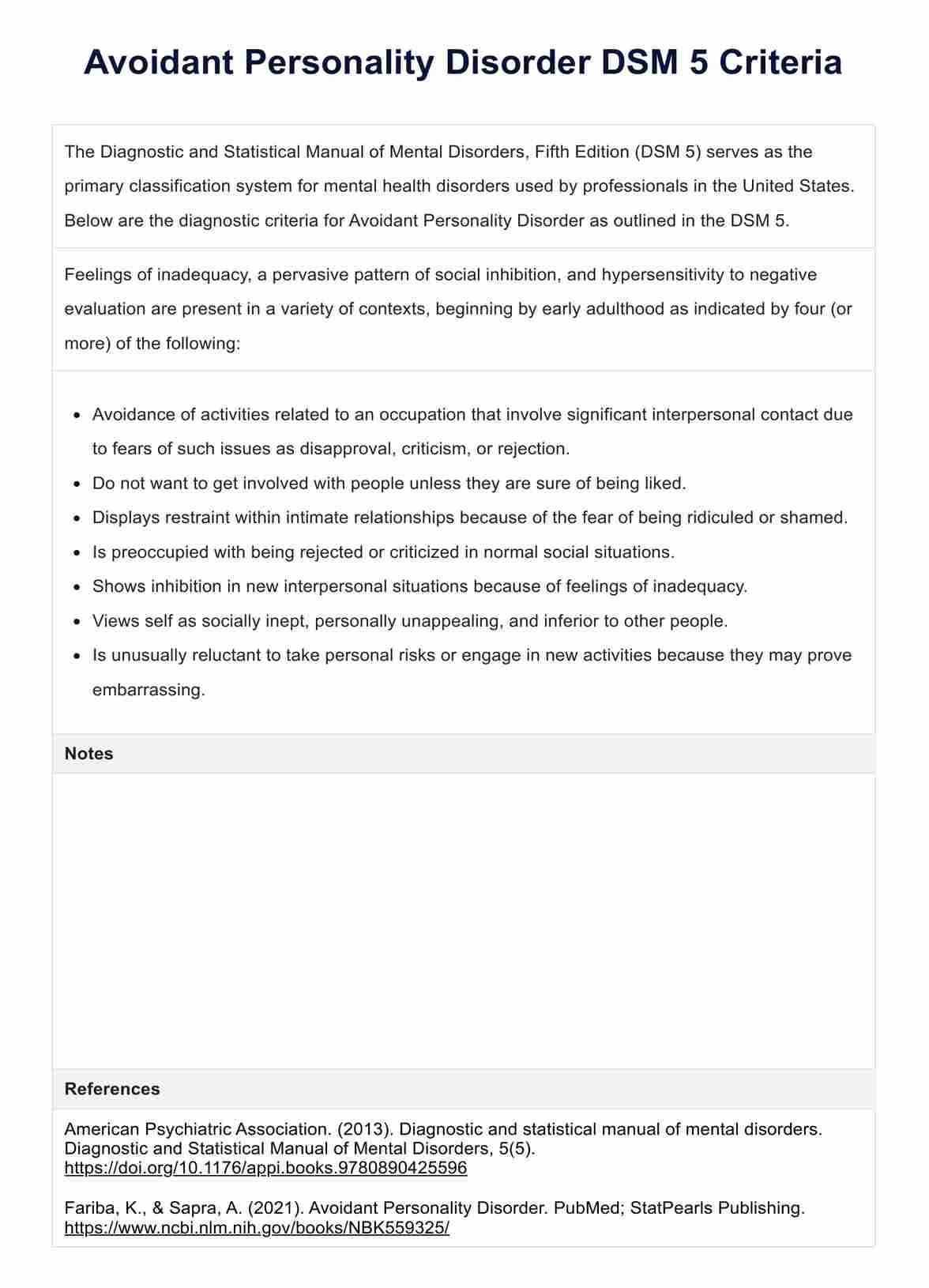
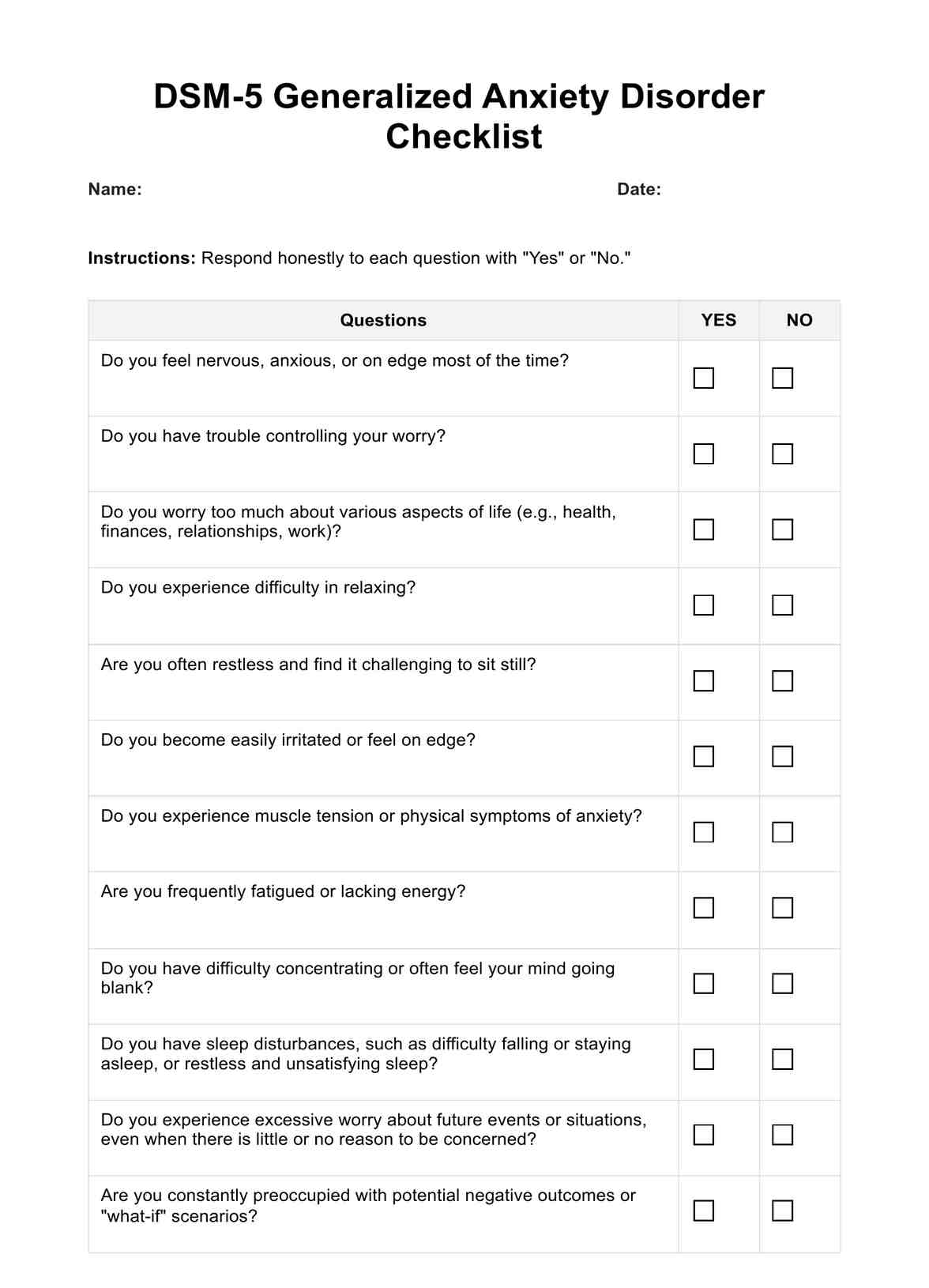
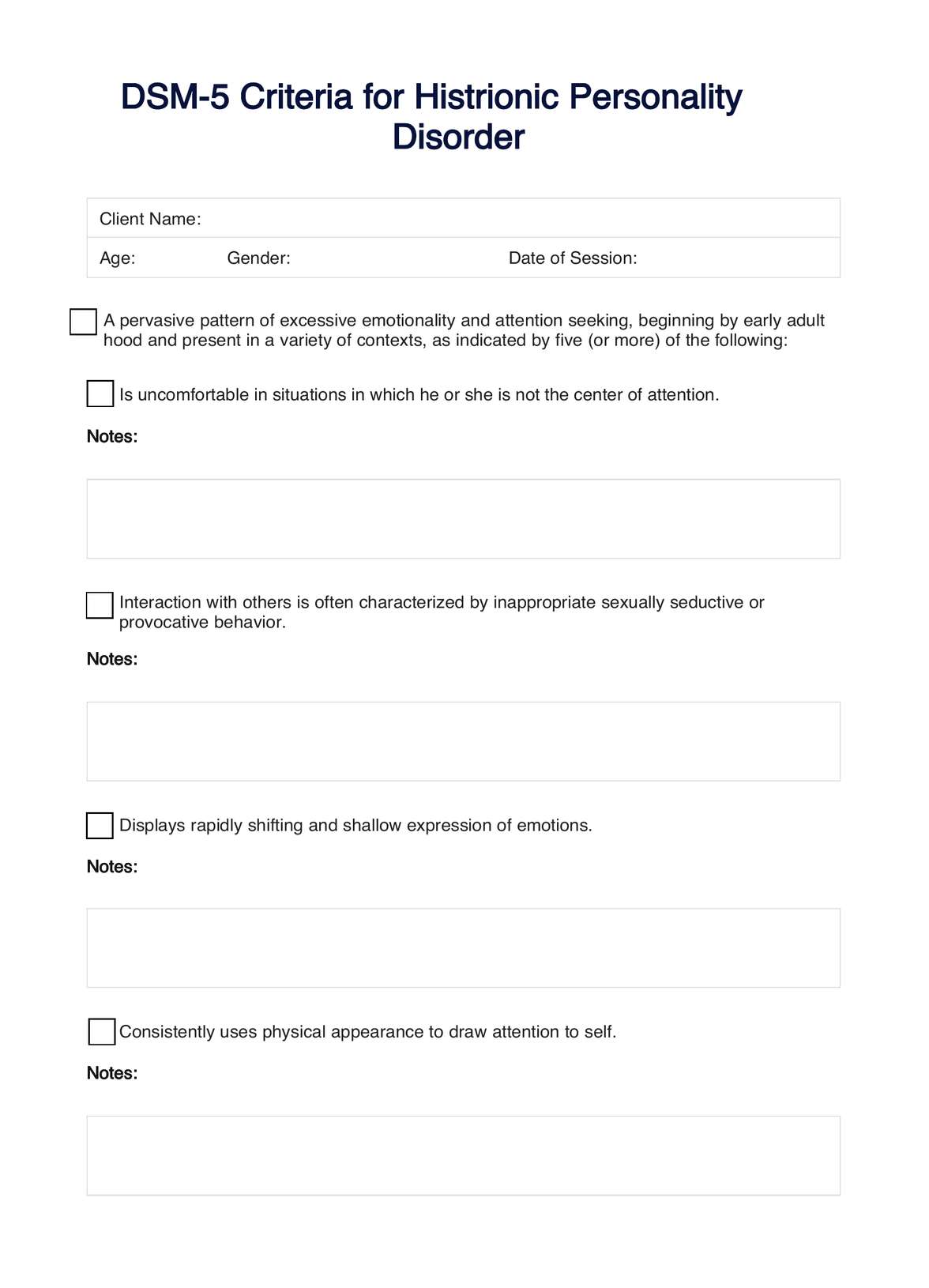
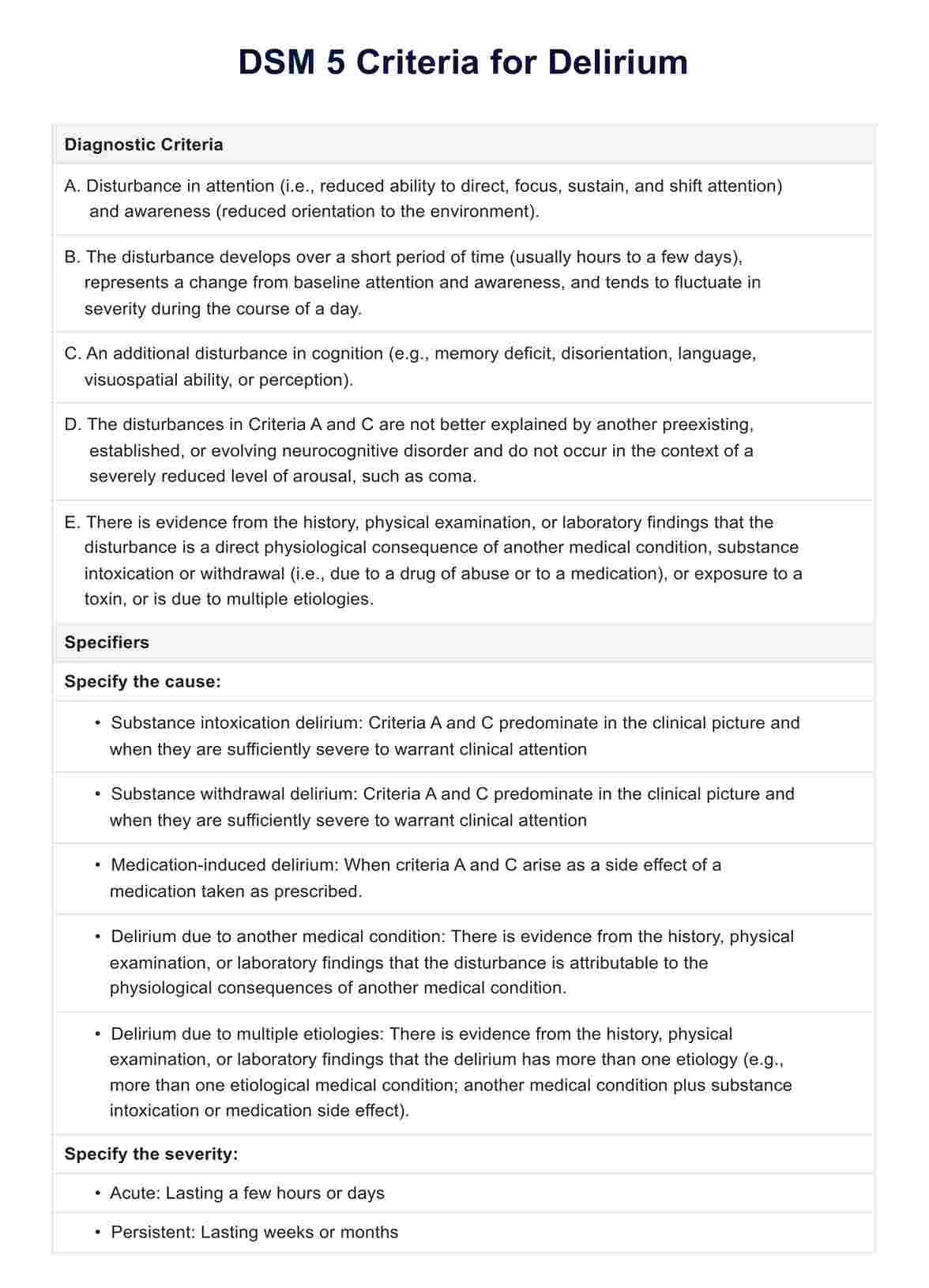
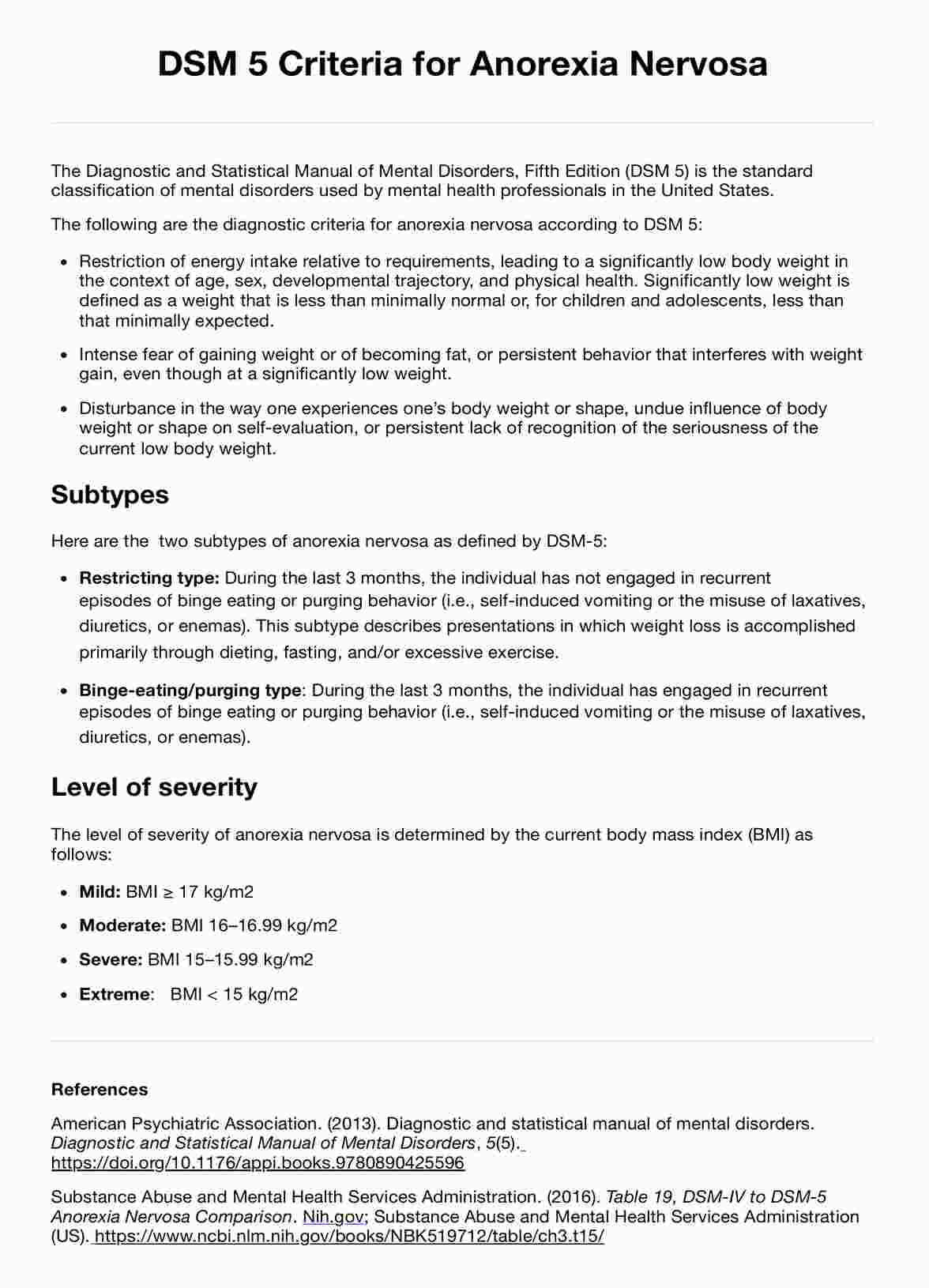
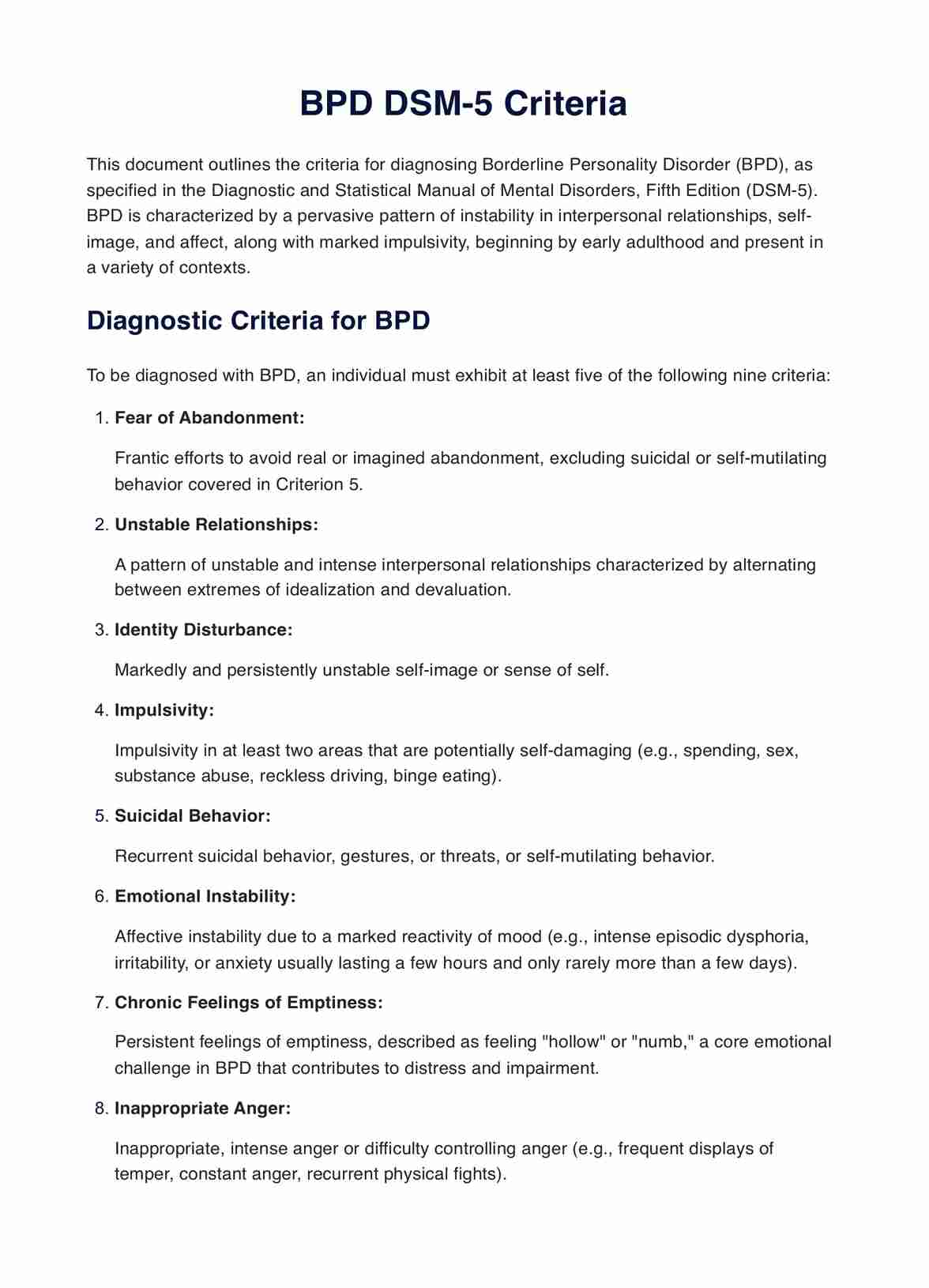
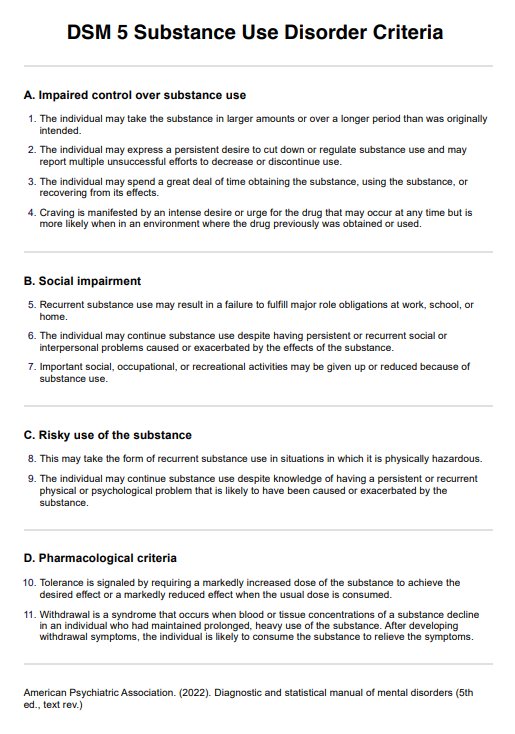
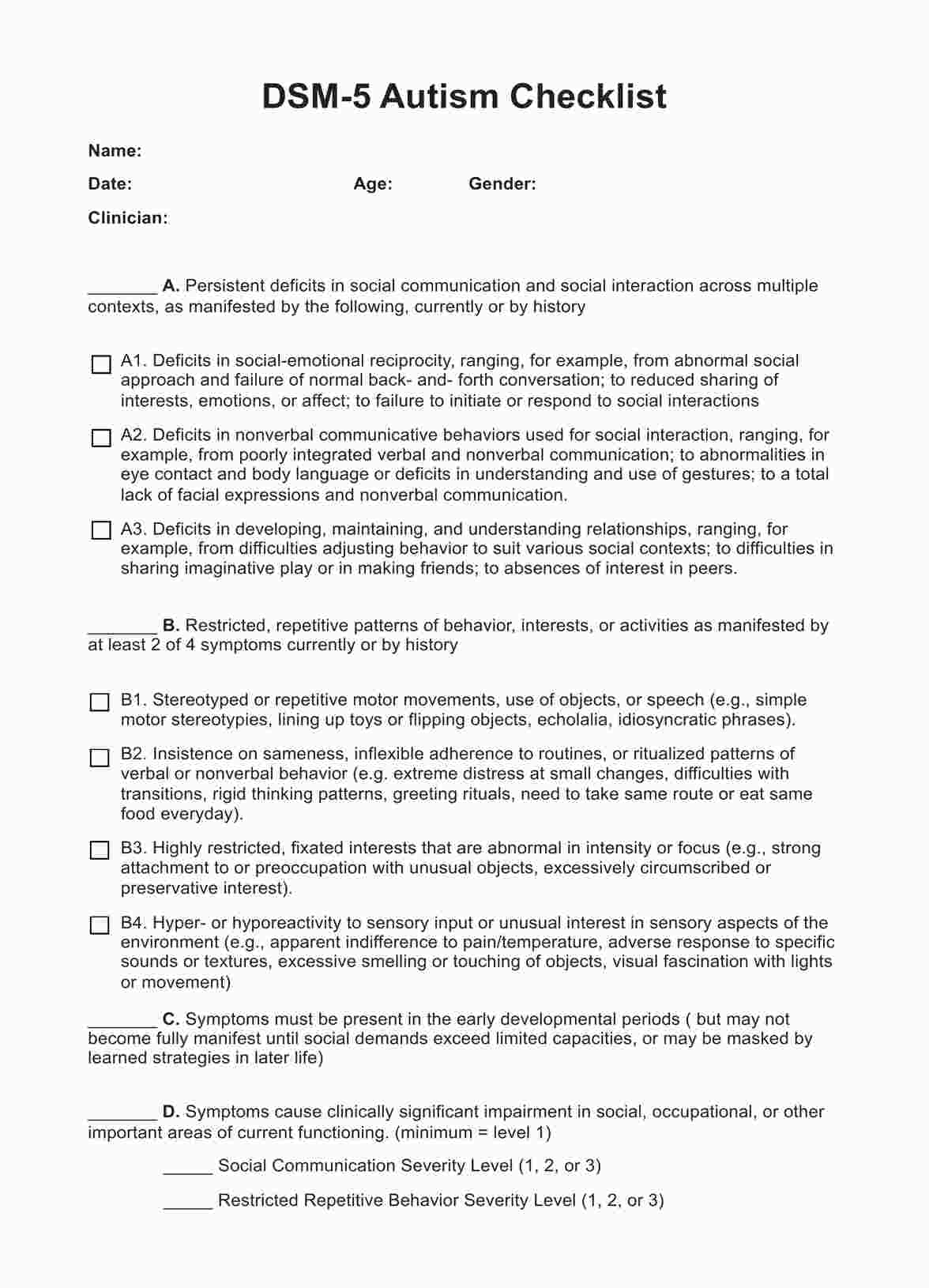
















-template.jpg)






















































































